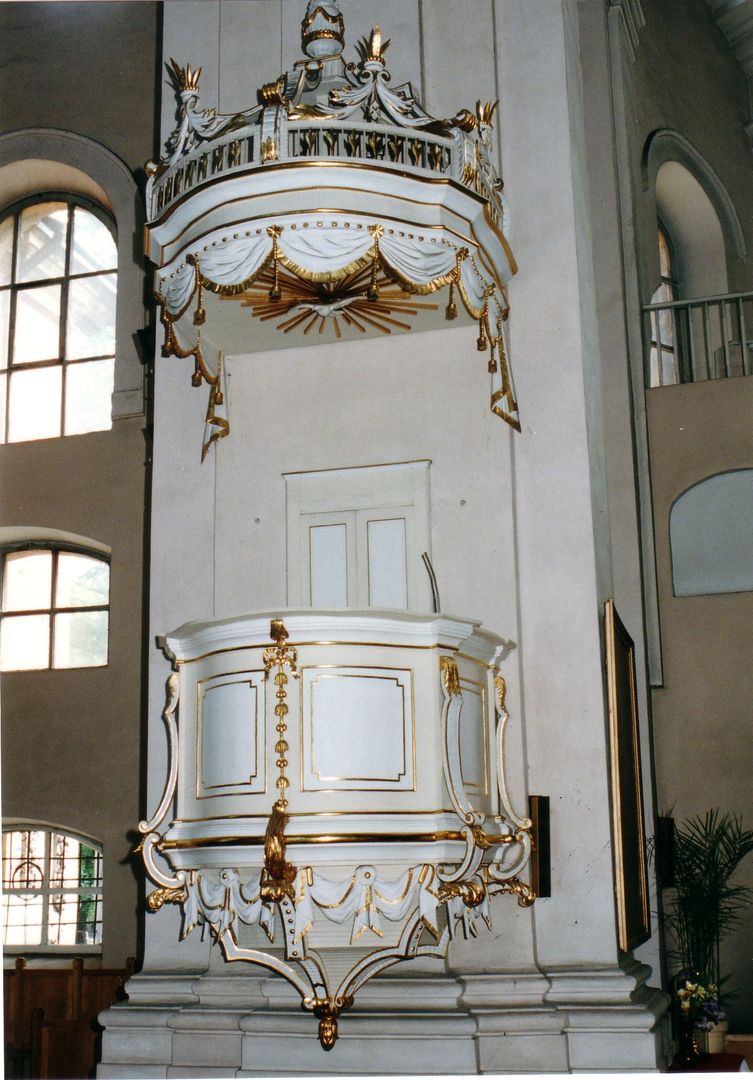Church of the Holy Cross in Leszno
6.45

Overview
The Holy Cross Church in Leszno, built between 1711 and 1720 as a Lutheran church, has a rich history. Initially, Lutherans wished to build a temple in 1633, but the first church burned down in 1656. Reconstruction lasted until 1666, but another fire occurred in 1707. It was not until 1711 that construction of the third church began, this time using a brick structure to ensure greater durability. The construction was interrupted by, among other things, bans from the Bishop of Poznań and royal interventions, which delayed completion until 1716, although the interior continued to be modernized for a long time. The church's interior was designed as central and octagonal, with Tuscan pilasters and Baroque details. There were also two-level balconies and decorations in the Classicist style. A fire in 1790 destroyed the roof and the tower's spire, necessitating another reconstruction, which was completed in 1805. The church served as a parish church until the times of the Second Polish Republic, when it was part of the Poznań II superintendent of the United Evangelical Church. After World War II, the temple was damaged, used as a warehouse, and handed over to various parishes: in 1946 to the Polish-Catholic Church, and in 1977 to the Roman Catholic Church. After a renovation in the 1970s, the church regained its religious and cultural significance. In 1982, a ceremony inaugurating the new parish was held. In 1999, the church tower was renovated, and in 2013, there was a change in the position of parish priest. Today, the Holy Cross Church is a Roman Catholic parish, while Evangelicals use the chapel on Paderewskiego Street. An interesting attraction near the church is the lapidarium with around 100 tombstones from the 17th to 19th centuries, which enrich the history of this place. It is also noteworthy that in 2022, Orthodox services are held in the chapel, highlighting the multicultural and religious diversity of Leszno. The Holy Cross Church is not only an important place of worship but also an element of local history and architectural heritage.
Location
2025 Wizytor | All Rights Reserved